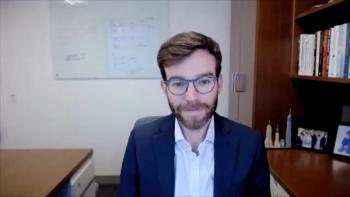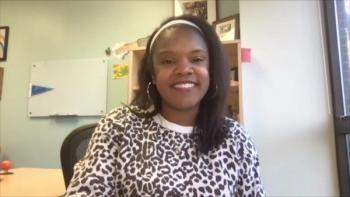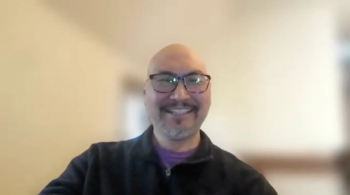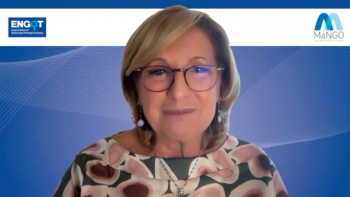
Lidia Fonseca on the Evolution of On-Demand Data in the Healthcare System
The use of on-demand data in the healthcare setting has gone through an evolution from the beginning, which was about pulling information into 1 pool and then understanding how to analyze it. The next step in this process is integrating this technology into the workflow of physicians and using the information in a real time and impactful way, according to Lidia Fonseca, senior vice president and chief information officer of Quest Diagnostics.
The use of on-demand data in the healthcare setting has gone through an evolution from the beginning, which was about pulling information into 1 pool and then understanding how to analyze it. The next step in this process is integrating this technology into the workflow of physicians and using the information in a real time and impactful way, according to Lidia Fonseca, senior vice president and chief information officer of Quest Diagnostics.
Transcript (slightly modified)
Where has the system of on-demand data been successful and where do you see areas for improvement?
I see it as, we’ve as an industry started a couple of years ago in terms of understanding that we needed to bring information together about the patient in order for us to gleam insights from that information and so I see it more as an evolution. And so we started, all of us I think in the industry, from all different angles whether you’re a provider, you’re managed care or you’re a provider, a group or a health system.
The first step was bring the information together and we invested in data warehouses and just data lakes to bring the information to a common place. Then the next step in the evolution is okay, now we have the information together, now how can we analyze it and start to gleam insights from it that really inform us in terms of what’s happening with our population of patients and start thinking about how do we leverage that information.
What we’re doing with data diagnostics is we’re actually taking it a step further and saying okay, we’ve brought our data sets together, in quest and in novel data sets are on a national scale, and we have some pretty rich data sets that include laboratory data, medications data and claims data for a very large population of patients because we both serve on a national scale. So more than 130 million patients in this data set.
Then we said okay, we start creating those insights and where we’re taking which is the next step of this evolution which is okay great, now let’s integrate it into the workflow. Let’s make it something that providers can easily access and they can run this report and let’s give them, the report that we give them back should really tell them what steps to take. Again, very easily and intuitively, here’s the next step that you take for this patient because they have this condition, and these are their demographics and their family history so this is what you need to do for their patient care. And so I see it more as it’s been an evolution, and I see it as, really what we’re excited about is that this is really the next step in that evolution.
Newsletter
Stay ahead of policy, cost, and value—subscribe to AJMC for expert insights at the intersection of clinical care and health economics.













































